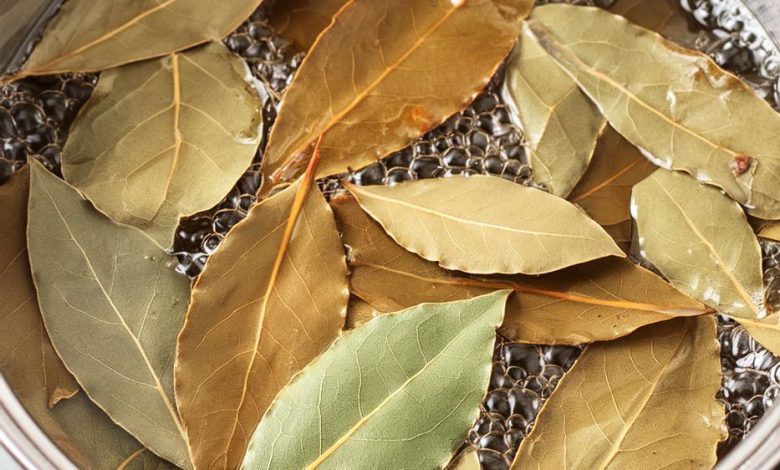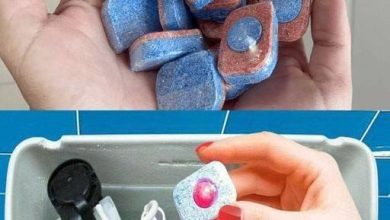Heat this on the stove for 1 hr, and say goodbye to flies, mosquitoes, and cockroaches for good

Pests like flies, mosquitoes, and cockroaches can turn a peaceful home into a nightmare. They invade our living spaces, spread diseases, contaminate our food, and disrupt our comfort. The thought of using harsh chemicals to rid our homes of these unwelcome guests can be daunting, especially for those with pets and children. Fortunately, you don’t need to resort to toxic solutions. With just a few household ingredients, you can create powerful, natural remedies to keep these pests at bay. This article will guide you through three effective, eco-friendly, and budget-friendly solutions that you can easily make at home. Say goodbye to pests and hello to a safer, more comfortable living environment.
ADVERTISEMENT
Benefits of Natural Pest Control
Why opt for natural pest control? Here are some compelling reasons:
ADVERTISEMENT
Environmentally Friendly
Natural pest control methods don’t harm the environment. They break down quickly and don’t leave toxic residues.
ADVERTISEMENT
Cost-Effective
Most natural pest control solutions use ingredients you already have at home, saving you money on commercial products.
Safe for Pets and Children
Unlike chemical-based products, natural pest control solutions are safe to use around pets and children.
Homemade Mosquito Trap
Let’s start with a simple yet effective way to trap mosquitoes.
Materials Needed
- 1 cup of water
- 1/4 cup of brown sugar
- 1 gram of yeast
- 1 empty 2-liter plastic bottle
Step-by-Step Instructions
- Cut the plastic bottle in half. Keep the bottom part larger.
- Mix the brown sugar with hot water. Let it cool and then pour it into the bottom half of the bottle.
- Add the yeast. No need to mix; it will create carbon dioxide, which attracts mosquitoes.
- Place the top half of the bottle upside-down into the bottom half, like a funnel.
- Wrap the bottle with something black (mosquitoes are attracted to dark colors), leaving the top uncovered.
- Place the trap in a dark, humid place.
- Change the solution every two weeks for best results.
How the Mosquito Trap Works
Explanation of the Science Behind the Trap
The yeast ferments the sugar solution, producing carbon dioxide, which mimics human breath and attracts mosquitoes. They fly into the bottle and can’t escape, eventually drowning in the liquid.
Tips for Optimal Placement
Place the trap in areas where mosquitoes are most active, such as near stagnant water or in dark corners.
Bay Leaf and Clove Spray
Next, we have a natural spray that works wonders against flies and cockroaches.
Ingredients Required
- 10-15 bay leaves
- 10-15 cloves
- 2 cups of water
Step-by-Step Instructions
- Boil the water in a pot on the stove.
- Add bay leaves and cloves to the boiling water.
- Let it simmer for 1 hour.
- Allow the mixture to cool.
- Strain the liquid into a spray bottle.
- Spray in areas where you notice insect activity.
Effectiveness of Bay Leaf and Clove Spray
Why It Works Against Flies and Cockroaches
Bay leaves and cloves contain compounds that are repellent to many insects. The strong scent deters pests, keeping them at bay.
Best Areas to Use the Spray
Use this spray in kitchens, bathrooms, and other areas where flies and cockroaches are commonly found.
Insect Repellent Spray
This homemade repellent can be used on your skin or around the home to keep mosquitoes and other bugs away.
Ingredients Needed
- 1 cup of witch hazel
- 1/2 cup of apple cider vinegar
- 30-40 drops of essential oils (such as eucalyptus, lavender, or citronella)
Step-by-Step Instructions
- Combine all ingredients in a spray bottle.
- Shake well before each use.
- Spray on exposed skin, or around the area you want to protect.
Using the Insect Repellent Spray
Application Methods
Apply directly to the skin or spray in areas where insects are active. The essential oils provide a pleasant scent while repelling pests.
Suitable for Skin and Areas
This spray is gentle enough for skin application and effective in keeping bugs away from living spaces.
Additional Tips for Pest Prevention
Beyond these homemade solutions, here are some tips to keep your home pest-free:
Cleanliness and Hygiene
Regular cleaning reduces the chances of pests finding food and breeding grounds.
Proper Storage of Food
Store food in airtight containers to prevent attracting pests.
Regular Maintenance of the Home
Fix any leaks and seal cracks to reduce entry points for pests.




